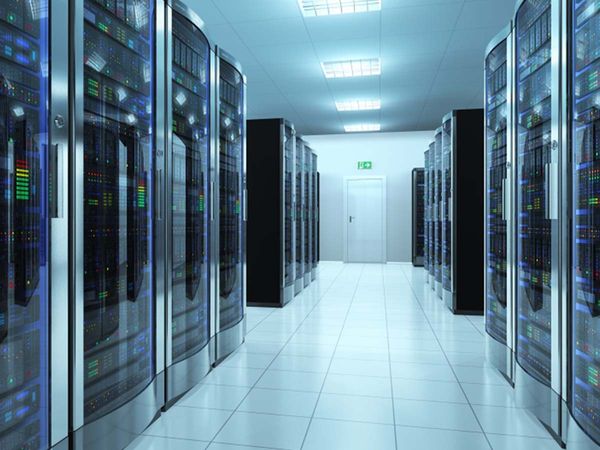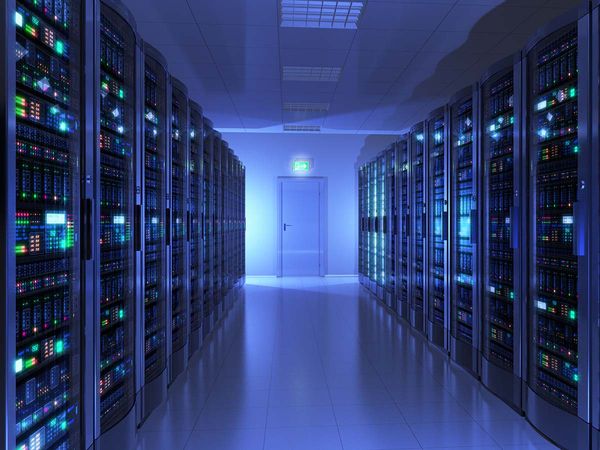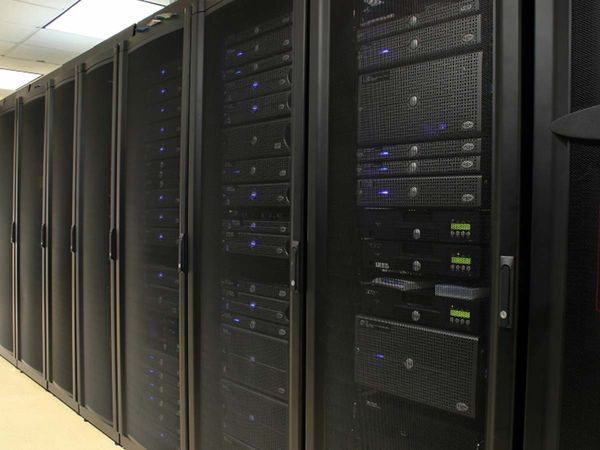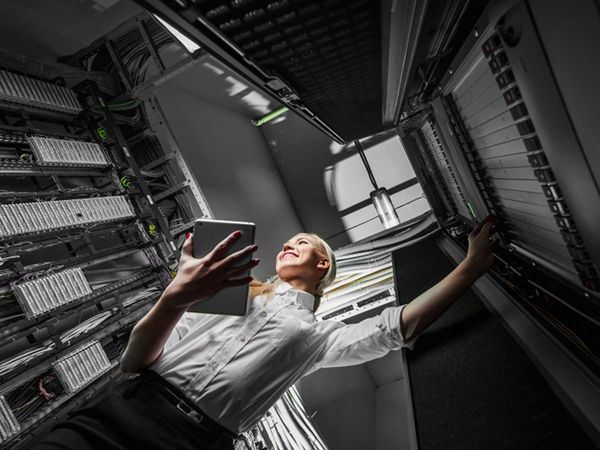Data center cooling solutions used in the mountain region of the United States
4 Keys to Optimal Data Center Cooling
When it comes to optimizing your cooling system, the first key step is to understand how the structure of a data cooling system works. Several fundamental elements come into play when working on a data cooling infrastructure to get optimal results. In today’s blog, Liberty Mechanical brings you four crucial practices that will enhance optimal cooling for data centers.

Use Hot Aisle/Cold Aisle Design
The design serves to conserve energy and lower the expenses associated with cooling by managing the airflow across the servers. The layout consists of server racks and computing devices arranged in rows to form hot aisles consisting of hot air discharge at the rear section of the racks and cold aisles with cold air entries on the fore of the racks. Typically, the design system is used to separate the hot lane and the cold lane from each other and keep the hot and cold air from mixing.

Monitor Air Density and Temperature
Organizations must achieve idle air density and temperature for their data centers. Research shows that the idle temperature for air attracted into the server to chill the inside parts should range between 18 to 27 degrees Celsius with humidity ranging at intervals of 20 to 80 percent. Too much humidity in the air causes condensation and with time leads to corrosion and finally failure of the electrical system.

Don't Skip on Efficiency Up Front
To maintain the efficiency of a data cooling system, it is important to prevent any unwanted problems upfront. A lot of data loss cases and electrical fires are a result of water damage leaks in the perimeter, support columns, and cable openings. Even though some of these businesses are under insurance policies, lost data cannot be recovered. It is therefore important for data center managers to detect and prevent these leaks. Gadgets such as chemical and fluid sensing, humidity sensors and zone controllers have made it easy for leaks to be detected in advance before they cause serious trouble.

Stay Up To Date on Technology Shifts
The data center cooling industry has undergone and is still undergoing many improvements to achieve optimal data center cooling. However, the industry is still facing some limitations such as high energy costs and demand for space. Fortunately, with the development of new cooling technologies like the use of liquid, many data centers are now up to date on the technology shifts and are starting to explore new and better methods to solve their heat problems.
Given the many technology shifts in the field of data center cooling, the above key factors will help you maintain efficiency and constant performance. Connect with Liberty Mechanical to get the cooling your data center needs today.
